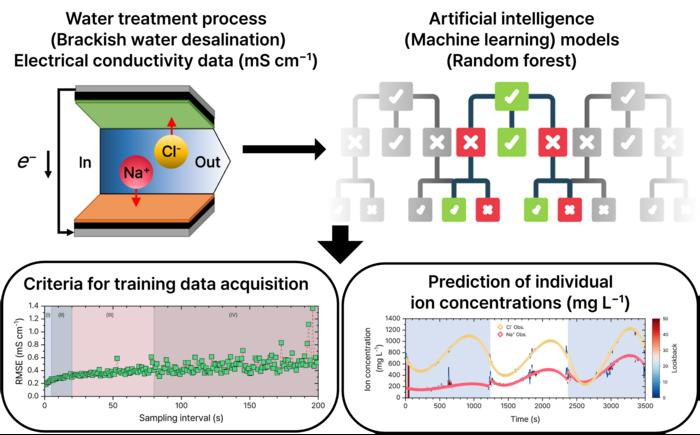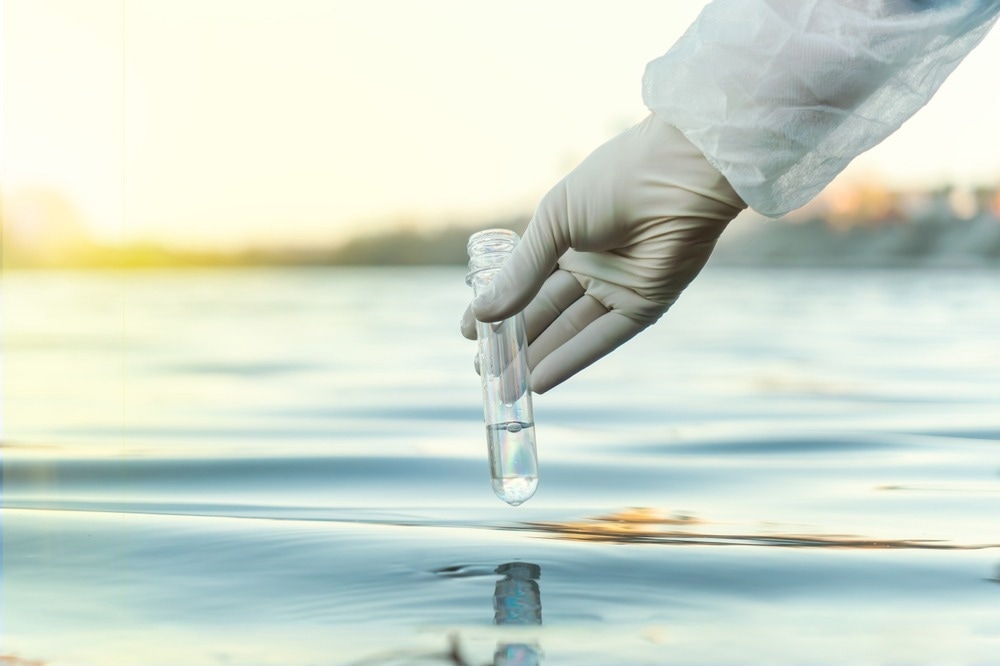Reviewed by Danielle Ellis, B.Sc.Sep 24 2024
The research team, led by Professor Baek Sang-Soo at Yeongnam University and Dr. Son Moon's team at the Korea Institute of Science and Technology (KIST) Water Resource Cycle Research Center, has created a technology that employs data-driven artificial intelligence to precisely forecast the ion concentration in water during electrochemical water treatment procedures. The research was published in the journal Water Research.

Over 25% of the world's population, or 2.2 billion people, do not have access to clean, regulated drinking water, and half of them suffer from acute water scarcity at some time in the year. Sewer irrigation and other alternate water sources, like rainwater recycling and seawater desalination, are costlier socioeconomically in an attempt to make up for these limitations.
Another drawback is the inability of these centralized water distribution systems to react quickly to variations in water demand. As a result, decentralized water production technologies, capacitive deionization, and battery electrode deionization, sometimes called faradaic deionization, are becoming increasingly popular. These technologies are electrochemical-based and simple to implement.
However, the current water quality measuring sensors utilized in electrochemical-based technologies are limited to approximately inferring water quality parameters from electrical conductivity and are unable to measure and track specific ions in water.
Using a tree-based machine learning method called random forest, which is commonly used for regression issues, the researchers first developed a model to predict ion concentrations in electrochemical water treatment systems. The electrical conductivity of the treated wa
 Image Credit: Melnikov Dmitriy/Shutterstock.com
Image Credit: Melnikov Dmitriy/Shutterstock.com
They also discovered that updates were needed roughly every 20–80 seconds to increase the prediction accuracy. This means that measuring water quality at least once every minute is required to train the initial model before applying this technique to national water quality networks to track specific ions.
The random forest model, which requires more than 100 times less computational resources to train than complicated deep learning models, has the advantage of being more cost-effective.
The significance of this research is not only in developing a new AI model but also in its application to the national water quality management system. With this technology, the concentration of individual ions can be monitored more precisely, contributing to the improvement of social water welfare.
Dr. Son Moon, Korea Institute of Science and Technology
The study was funded by the Ministry of Science and ICT (Minister Yoo Sang-im) under the KIST Institutional Program and the Sejong Science Fellowship Program
Journal Reference:
Kim, H. H., et al. (2024) Decoupling ion concentrations from effluent conductivity profiles in capacitive and battery electrode deionizations using an artificial intelligence model. Water Research. doi.org/10.1016/j.watres.2024.122092.